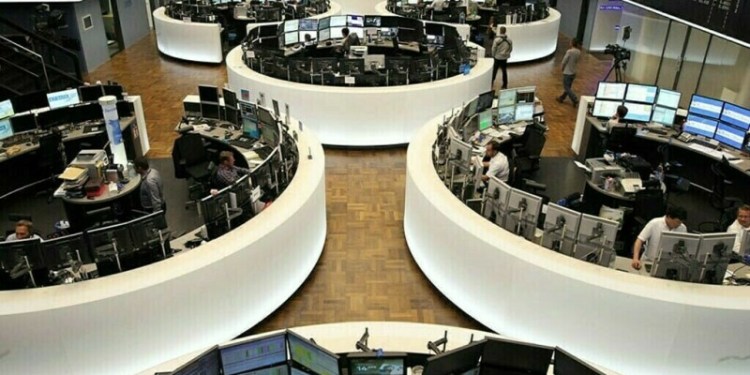European imports of polyethylene terephthalate shot up by over 30% in 2013, according to Eurostat data published this week, and market participants believe that the specter of imports continues to loom over European producers.
From January to December 2013, PET imports into the EU reached 666,702 mt, up from 509,070 mt over the same period in 2012, according to Eurostat data.
The imports put, and continue to put, downward pressure on European PET prices, sources said.
The PET spot price was assessed at Eur1,110-1,115/mt ($1,518-1,524/mt) FD NWE Wednesday, its lowest level since September 2010, according to Platts data, and sources expect further declines as a result of feedstock cost decreases and import pressure.
The pressure has come as the result of low Asian prices and a high euro/dollar exchange rate.
The Asian PET market fell was assessed at $1,290/mt FOB Northeast Asia and $1,325/mt FOB Southeast Asia Wednesday, only slightly higher than the $1,285/mt FOB NE Asia and $1,320/mt FOB SE Asia lows reached at the end of January, and lower than at any other time since July 2012.
Meanwhile, new plants in non-EU regions close to Europe are also expected to cater to European demand.
EIPET, a 420,000 mt/year venture in Sokhna, Egypt, which is a 70% subsidiary of India’s Dhunseri Petrochem & Tea with 23% and 7% equity participation from Egyptian Petrochemicals Holdings Co (ECHEM) and Engineering for the Petroleum and Process Industries (ENPPI) of Egypt respectively, is planned to serve customers in North Africa, North America and Europe.
It has been subject to several delays, particularly given the political situation in Egypt, but company sources said late last year the plant should begin production in late December or January.
The unit has two lines of 210,000 mt/year each, and sources said one unit started in January, though it is not yet clear exactly when the second unit will begin operating.
Two new plants have also been started in Turkey in recent months by Koksan and Polyplex, and sources say these producers have been offering to European consumers.
“EIPET is there, and Polyplex and Koksan are also making pressure. They all want to sell in Europe,” said a converter.
But some in the market said these producers were not yet successful at selling volumes in NWE.
European producers continue to hope that higher duties on some key sources of PET imports will reduce import volumes.
The European Union changed the rules on its so-called General System of Preferences, which provides countries classed as “developing” with preferential access to the EU market, largely in the form of reduced import taxes.
The changes came into force at the start of this year.
The rejig of that list removed nations that are classified as high-income or upper-middle income, and those removed from the list now have to pay 3.5% more in tax to sell goods including PET in the EU.
Oman, which is among the countries being removed from the GSP, was the largest source of PET imports into the EU.
In the first 10 months of 2013, 139,049 mt of resin came into the EU from Oman, more than 2.5 times higher than over the whole of 2009.
India, the third-largest source of PET imports, was also removed from the GSP.
But notably Korea, the second-largest source of European PET imports, remains a serious threat, sources said, because of the low Asian prices and FX advantages mentioned above.
Sources also said that Indian offers remain competitive.
“Koreans and Indians are still the main sources of import offers,” one European producer said.
Source: Platts.com



























